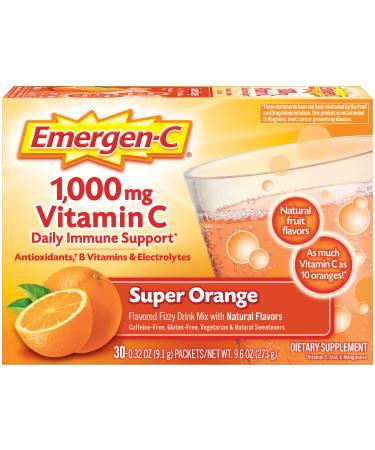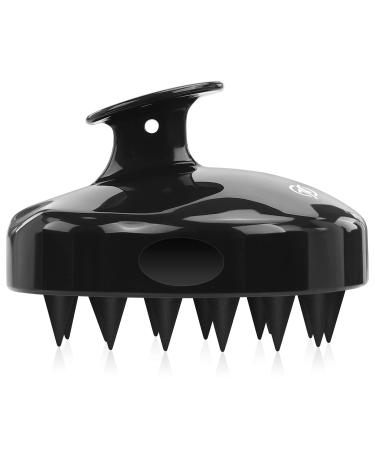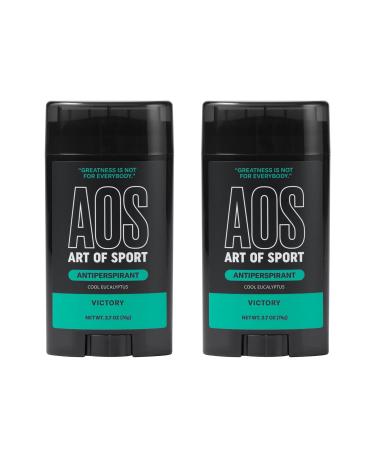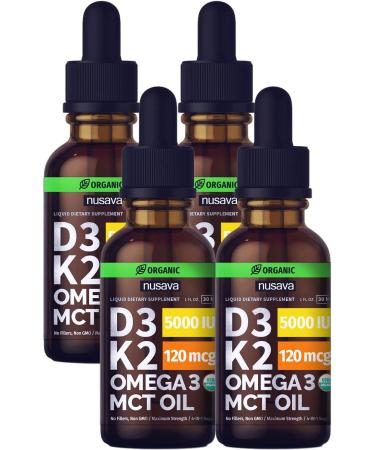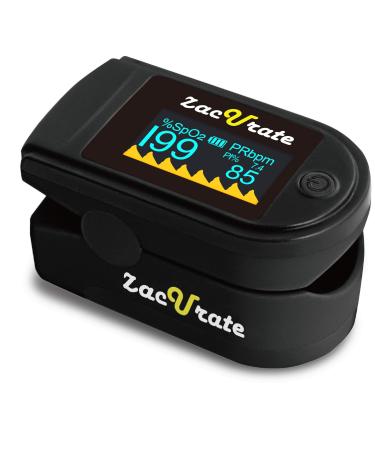Why use emollients Healthy skin provides a protective barrier to prevent moisture loss. It holds in water to keep the skin hydrated and supple. But the skin barrier can become impaired. This may be caused by the natural ageing process, environmental factors such as detergent use and air conditioning, or hormonal changes like the menopause. Water is lost from the skin leading to dehydration and dry skin conditions. Emollients (sometimes called medical moisturisers) cover the skin with a protective film to help prevent water loss. Regular use of an emollient helps restore the skin's natural barrier function, so moisture is held in, helping to hydrate the skin. Emollients improve skin health and with regular use they can reduce dryness, itching and irritation. Emollients are often used to help manage dry skin conditions like eczema, psoriasis and ichthyosis, as they help prevent inflammation and flare-ups of these conditions. | How to choose an emollient There are many types of emollients including creams, ointments and gels. They are unperfumed and usually contain the minimum amount of additives needed for maximum effect. Some may contain added ingredients to help improve moisture uptake by the skin. Different emollients suit different people with different dry skin conditions. You may need to use more than one type to improve your skin health. A lighter one may be more suitable during the daytime, on your face and in warmer weather. A thicker one may be better at night, on your body and when the weather is colder. Creams are good for everyday use to rehydrate and protect your skin. Ointments are thicker and richer than creams, they are good at holding moisture in the skin. Many emollients can be used as moisturisers, soap substitutes and bath additives. | How to apply emollients Depending on how dry your skin is, it's worth using your emollient at least twice a day, and even more frequently if your skin is very dry. Every time you have a bath or shower, pat your skin dry with a soft towel and then apply your emollient. Apply it gently in the direction of your hair growth. Never rub up and down vigorously as this could trigger itching or block hair follicles. You can use many emollients as soap substitutes to wash with, instead of soap or shower gel, which can dry out your skin even more. Avoid putting your fingers into pots of emollient. Instead use a spoon or spatula or use a pump dispenser, where possible. Continue to use your emollient, even when your dry skin has improved. This will help prevent flare-ups. |



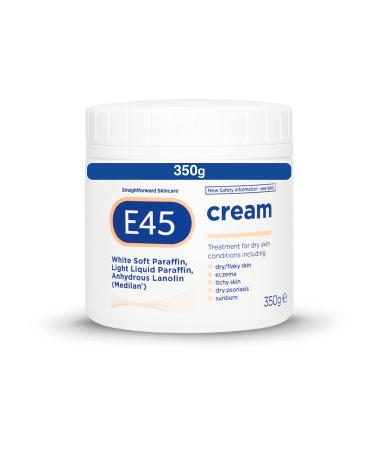
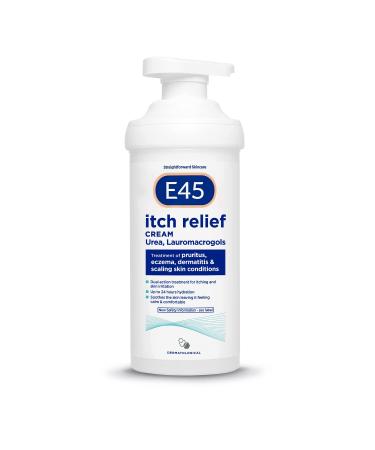
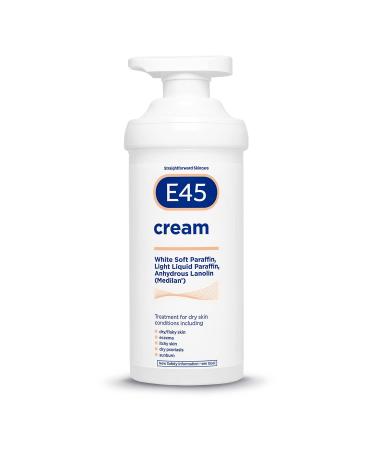
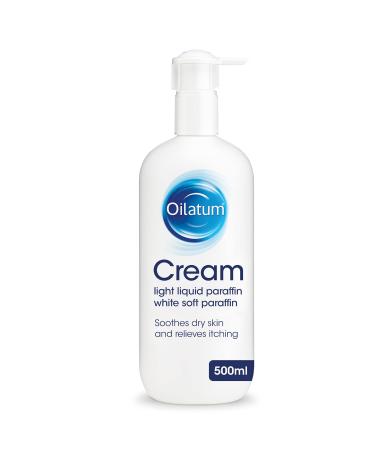
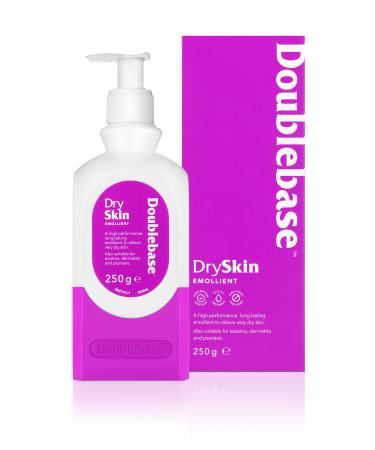
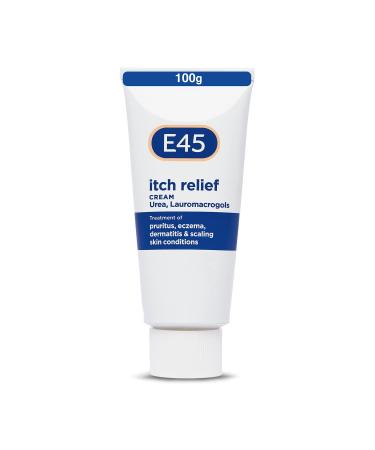
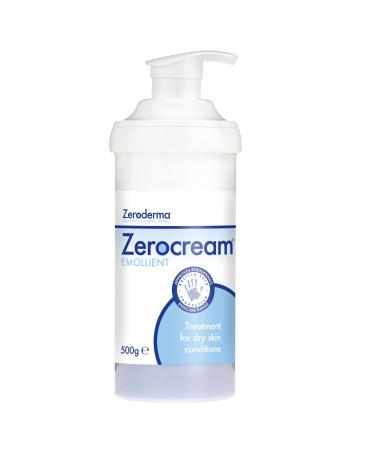
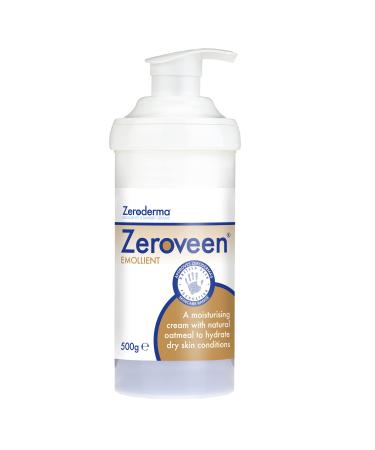

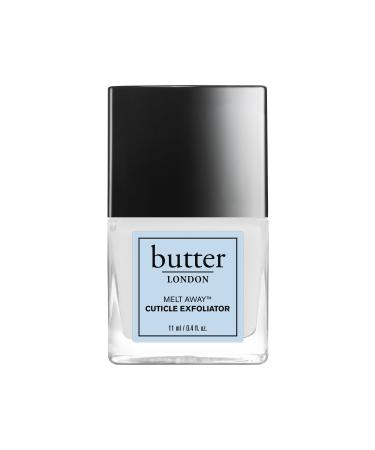
![Stewart Freeze Dried Dog Treats Made in USA [Single Ingredient Puppy and Dog Training Treats - Grain Free Natural Dog Treats] Resealable Tub to Preserve Freshness](https://www.gosupps.com/media/catalog/product/cache/25/small_image/375x450/9df78eab33525d08d6e5fb8d27136e95/6/1/61gwbbixarl._ac_sl1500_.jpg)
